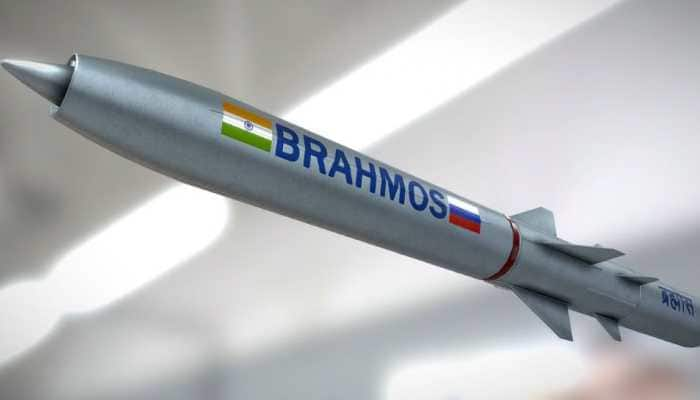Trip around the Sun may alter production of one form of water in comet
Astronomers from NASA’s Goddard Space Flight Center in Greenbelt, Maryland, observed the Oort cloud comet C/2014 Q2 when it passed near Earth in early 2015.
Trending Photos
) Image credit: Courtesy of Damian Peach
Image credit: Courtesy of Damian Peach New Delhi: A new NASA study suggests that the water cycle on Oort cloud comet C/2014 Q2, also called Lovejoy, may have been altered during its perihelion - or closest point to the sun.
Astronomers from NASA’s Goddard Space Flight Center in Greenbelt, Maryland, observed the Oort cloud comet C/2014 Q2 when it passed near Earth in early 2015.
Scientists focused on Lovejoy's water, simultaneously measuring the release of H2O along with production of a heavier form of water, HDO.
As per NASA, researchers also use the D-to-H value to try to understand how much of Earth’s water may have come from comets versus asteroids.
The scientists compared their findings from the Keck observations with another team’s observations made before the comet reached perihelion, using both space- and ground-based telescopes, and found an unexpected difference.
They found that after perihelion, the output of HDO was two to three times higher, while the output of H2O remained essentially constant. This meant that the D-to-H ratio was two to three times higher than the values reported earlier.
“The change we saw with this comet is surprising, and highlights the need for repeated measurements of D-to-H in comets at different positions in their orbits to understand all the implications,” said Lucas Paganini, a researcher with the Goddard Center for Astrobiology and lead author of the study, available online in the Astrophysical Journal Letters.
Changes in the water production are expected as comets approach the sun, but previous understanding suggested that the release of these different forms of water normally rise or fall more-or-less together, maintaining a consistent D-to-H value. However, the new findings suggest this may not be the case.
“If the D-to-H value changes with time, it would be misleading to assume that comets contributed only a small fraction of Earth’s water compared to asteroids,” Paganini said, “especially, if these are based on a single measurement of the D-to-H value in cometary water.”
Scienists say the production of HDO in comets has historically been difficult to measure, because HDO is a much less abundant form of water. But Lovejoy’s brightness made it possible to measure HDO when the comet passed near Earth.
“Comets can be quite active and sometimes quite dynamic, especially when they are in the inner solar system, closer to the sun,” said Michael Mumma, director of the Goddard Center for Astrobiology and a co-author of the study. “The infrared technique provides a snapshot of the comet’s output by measuring the production of H2O and HDO simultaneously. This is especially important because it eliminates many sources of systematic uncertainty.”
The apparent change in Lovejoy’s D-to-H may be caused by the higher levels of energetic processes - such as radiation near the sun - that might have altered the characteristics of water in surface layers of the comet, NASA added.
Stay informed on all the latest news, real-time breaking news updates, and follow all the important headlines in india news and world News on Zee News.
Live Tv







)
)
)
)
)
)
)
)
)
)
